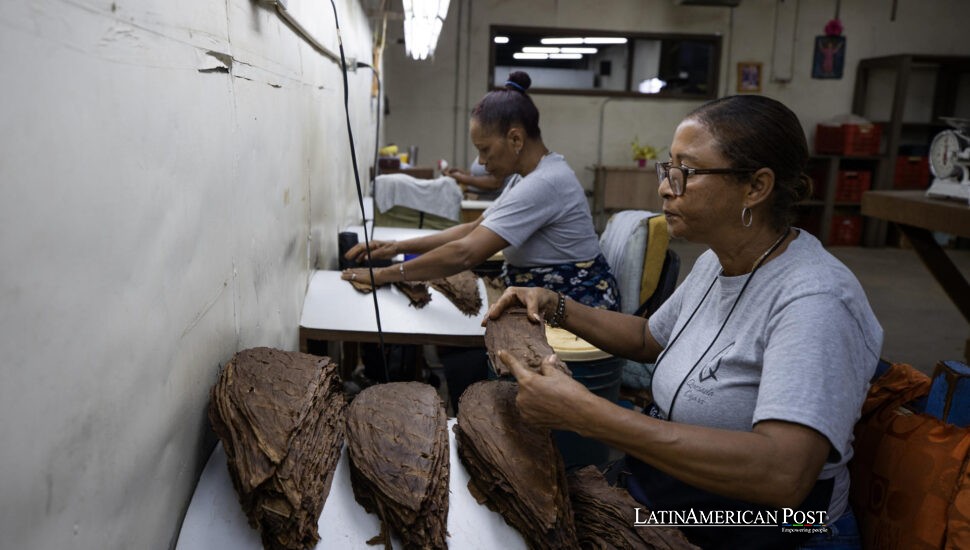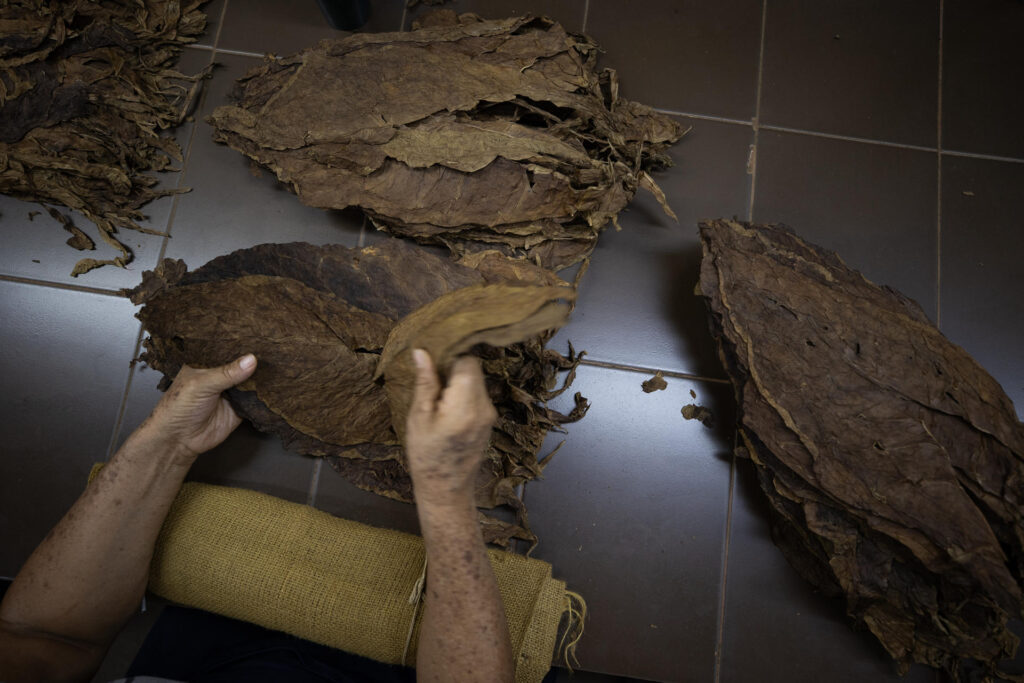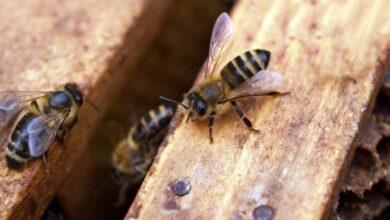How the Dominican Republic Rolled Its Cultural Soul into the World’s Finest Cigars

In the shadow of misty valleys and with merengue pulsing through rolling rooms, the Dominican Republic has turned its oldest rural tradition into a global juggernaut—premium cigars that carry the country’s pride, history, and scent of earth in every draw.
From Valley Soil to Global Vaults
You can smell the story before you hear it. In Santiago’s Cibao Valley, where the air hangs heavy with sweetness, tobacco isn’t just a crop—it’s a way of life. For two centuries, it’s shaped the rhythm of work, celebration, and now, export strategy.
“This is the best moment Dominican tobacco has ever known,” said Iván Hernández Guzmán, director of the National Tobacco Institute (Intabaco), in an interview with EFE, his voice barely rising over the faint perfume of cured leaves. He isn’t wrong. The numbers don’t whisper—they roar: $1.34 billion in annual exports, 122,000 direct jobs, and cigar factories producing 182 million premium units a year. Tobacco now makes up 10 percent of the country’s export revenue.
President Luis Abinader has made it official, too. In 2022, the Dominican Republic declared both tobacco and cigars a national cultural heritage, putting them on the same pedestal as merengue. The move didn’t just honor tradition—it sent a message to global buyers. A Dominican cigar isn’t just hand-rolled—it’s part of the national soul.
An Eight-Month Story in Every Puff
In the Dominican countryside, tobacco doesn’t grow. It’s raised—with the care and patience usually reserved for children or wine.
It begins in nurseries no bigger than classrooms, where seedlings push through cloth-covered beds like whispers. After two months of coaxing, the strongest are planted under the full Caribbean sun. Seventy days of pruning, watering, watching. Then comes the harvest—a precise cut, always by hand.
Each leaf is strung, hung, and left to breathe in curing barns—wooden lungs that inhale and exhale the valley’s humidity. Over weeks, green turns to parchment. The scent shifts—first grassy, then toasted, then finally something darker: notes of cedar, cocoa, and warm earth.
“From seed to ash, each cigar is touched by at least 300 pairs of hands,” Hernández Guzmán told EFE. “It’s a miracle in slow motion.”
And that miracle carries prestige. Master blenders inspect each leaf like sommeliers, building flavor profiles with names like Churchill, Corona, or robusto. Every layer—wrapper, binder, filler—has a purpose. And each one must burn just right, hold its ash like a quiet promise, and deliver a memory with every puff.
Where Craftsmanship Meets Culture
Step into the heart of Quesada Cigars, a fifth-generation factory in Santiago, and the tobacco leaves aren’t the only thing moving to the rhythm. Merengue blares from radios, hips sway gently behind rolling tables, and the slicing of caps syncs with laughter and blades. This is not just production—it’s choreography.
Sisters Raquel and Patricia Quesada run the factory with the same precision and pride that fills their product. “What we’re selling isn’t just tobacco,” Raquel told EFE. “It’s identity.”
Here, cigars are rolled shoulder-to-shoulder, not just hand-to-hand. Workers, many of whom learned the trade from their parents or grandparents, roll, press, and box at a pace that balances efficiency with artistry. Machines don’t hum here—people do.
Dominican cigars are not mass-market smokes. They are ambassadors. Each box marked Hecho a Mano en la República Dominicana carries a whisper of the island—sun, soil, and song wrapped in every drawer.
From Hong Kong lounges to Parisian humidor rooms, Dominican puros command respect. They have the flavor depth of a Cuban, the construction of a Nicaraguan, but their soul belongs only to this island.

Challenges Beneath the Ash
But even success has its tight seams.
The industry’s expansion brings pressure: more demand, but not enough trained rollers. Hybrid seeds, prized for speed, threaten to push out heirloom varieties that give Dominican cigars their distinctive flavor. And as climate change jostles seasonal rhythms, growers face unpredictable rains and sweltering heat that can rot entire harvests in days.
Intabaco is responding with modern tools—weather-tracking stations, workshops on sustainable curing, and seed preservation programs to guard genetic diversity. Meanwhile, the government hopes high-paying factory jobs will keep young Dominicans from migrating to cities or abroad.
“Rolling cigars used to be seen as old work,” Raquel Quesada said. “Now it’s returning as honorable work—work that tells the world who we are.”
And that, perhaps, is the greatest challenge: to keep cigars more than just luxury items. To remind people that behind the cedar boxes and golden bands are real families, real towns, and a cultural legacy wrapped tight in brown velvet.
For many, a well-made cigar is an indulgence. For the Dominican Republic, it’s survival, celebration, and story.
As 182 million Dominican cigars leave this island each year, they carry more than tobacco. They have the weight of five generations, the scent of the Cibao Valley, and the rhythm of merengue echoing through sun-streaked barns.
Also Read: Chile’s Copper Giant Mourns Five Miners Lost to El Teniente’s Deepest Danger
In a world of automation and instant gratification, the Dominican cigar stands defiant—crafted slowly, rolled by hand, and lit by memory—a national treasure in every drawer.
EFE gathered all quotes and interviews in this story.




